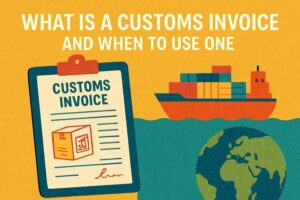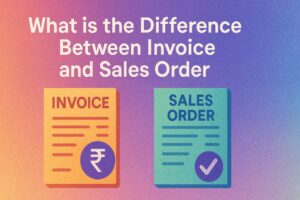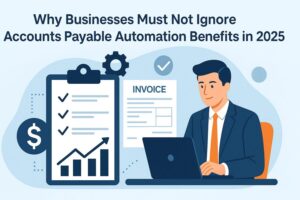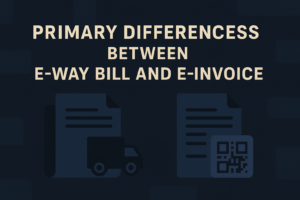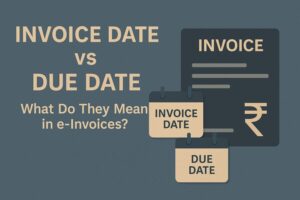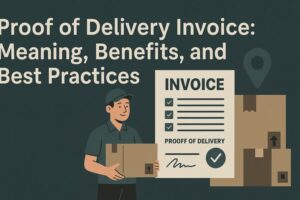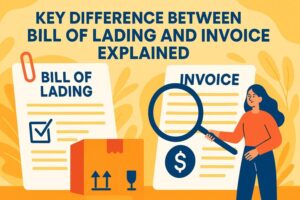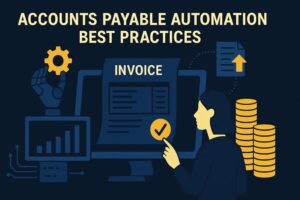What Is the Difference Between Proforma Invoice and Sales Order?
- 27 Nov 25
- 7 mins
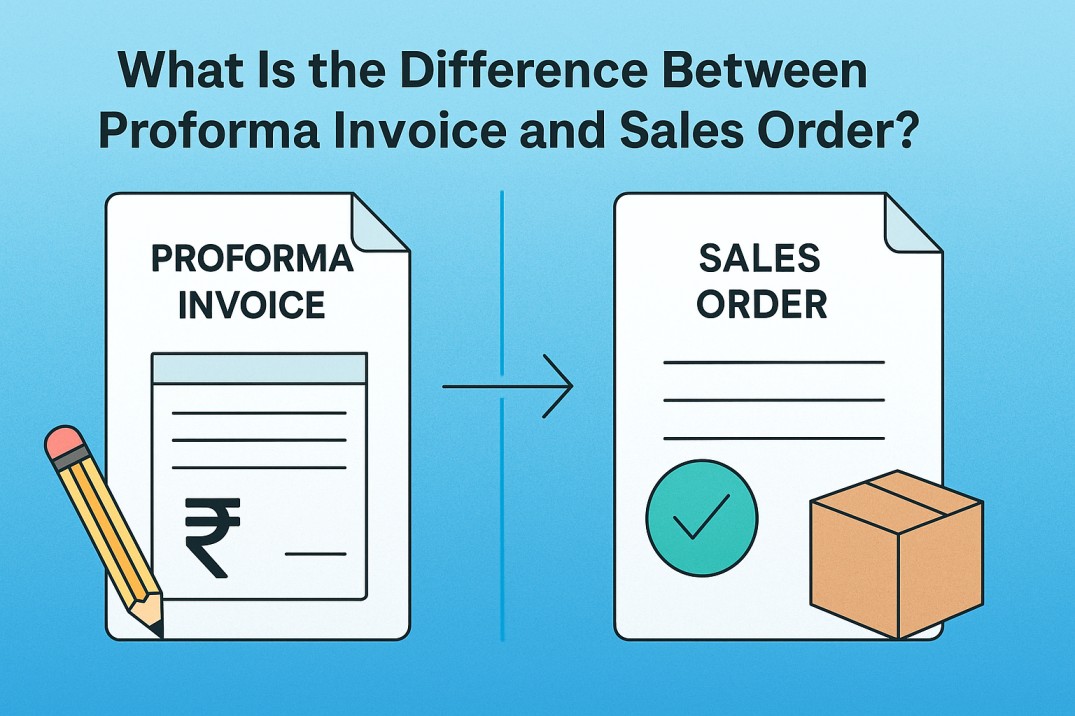
What Is the Difference Between Proforma Invoice and Sales Order?
Key Takeaways
- The difference between proforma invoice and sales order lies mainly in purpose. One gives an estimate, the other confirms an order.
- A proforma invoice is not legally binding, while a sales order can be binding depending on agreed terms.
- A proforma invoice is sent before order confirmation, whereas a sales order is issued after receiving a purchase order.
- Payment is not demanded via proforma invoice, but sales orders outline final payment terms linked to order fulfilment.
- In practice, a proforma invoice supports negotiation, while a sales order initiates fulfilment, inventory management and invoicing.
Are you a supplier or a potential customer who is confused between a proforma invoice and a sales order? You are not alone! Many fail to understand this difference, especially because both are important parts of carrying out an order transaction.
However, a proforma invoice is just an estimate and subject to change, while a sales order is a final document on the basis of which deliveries are made.
This article will provide you with 5 key differences between proforma invoice and sales order.
5 Key Differences Between Proforma Invoice and Sales Order
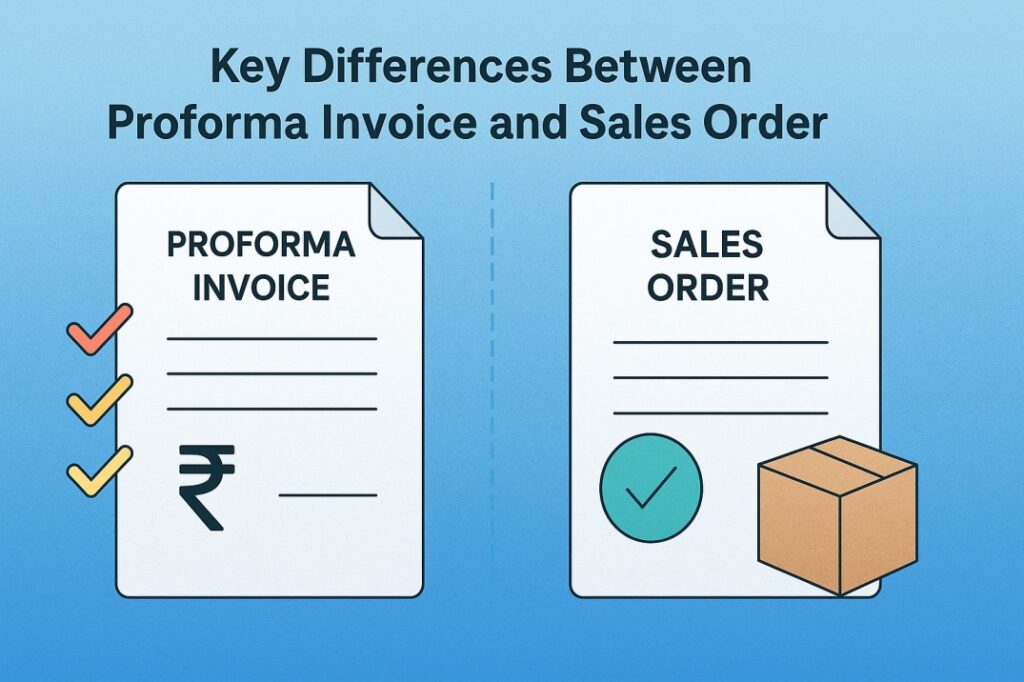
Imagine you are a freelance wedding photographer and a couple reaches out for a customised package and asks for a detailed breakdown of costs.
You first issue a proforma invoice, outlining charges for pre-wedding shoots, wedding day coverage, travel and editing. The couple reviews the estimate, agrees to the services and formally confirms their booking.
Based on this, you generate a sales order, confirming the selected package, shoot dates and payment terms.
This example highlights how the two differ from each other. For a better idea, take a look at the following table of 5 key differences between proforma invoice and sales order:
| Factors | Proforma Invoice | Sales Order |
| Purpose | To provide the buyer with a detailed estimate of costs and terms, facilitate negotiation, obtain internal approvals and more.In international trade, it assists with customs clearance and financing arrangements | To confirm buyer’s order, initiate the fulfilment process (including reserving inventory, scheduling production, or shipment) and serve as a reference document throughout the sales cycle.It also aids in tracking sales, inventory management, and maintaining financial records. |
| Legal Standing | Generally, a proforma invoice is not legally binding.It does not create a payment obligation for the buyer.It is essentially a quote or an estimate. | A sales order can be legally binding, depending on agreed terms and conditions between the buyer and seller. |
| Timing | Typically generated:before the sale is confirmed or before goods or services are delivered or shipped. | Typically generated: after the seller receives a purchase order (PO) from the buyer andbefore the order is fulfilled or goods are delivered. |
| Payment | It includes payment terms; however, it is not a formal request made by the seller to demand payment.So, it works as an estimate. | Includes payment terms, which include payment methods, applicable taxes, due dates, and more. |
| Benefits | Enhances professionalism in businessProvides important details regarding pre-deliveryFosters the commitment intent of both seller and buyerStreamlines the sales processEnables flexibility before deal finalisationFacilitates negotiations for discussing terms and conditions (T&C)For international transactions, it supports customs clearance | Helps sellers to manage inventory through real-time insightsProvides clear communication by documenting every transaction aspectProvides operational efficiency by reducing human errorsHelps in tracking sales performance and internal auditsHelps in financial planning through optimisation of financial resources, forecasting revenues and planning cash flows |
What Is Proforma Invoice?
Proforma invoices are a prefatory sale bill which is sent to a prospective customer by the vendor. This document plays a role in the evaluation of goods value and other conditions before the confirmation of the sale.
There are 3 types of proforma invoices, which include standard proforma invoice, recurring revenue proforma invoice (SaaS) and service proforma invoice. The validity of a proforma invoice depends on the industry but is generally between 30 and 60 days.
When Is Proforma Invoice Used?
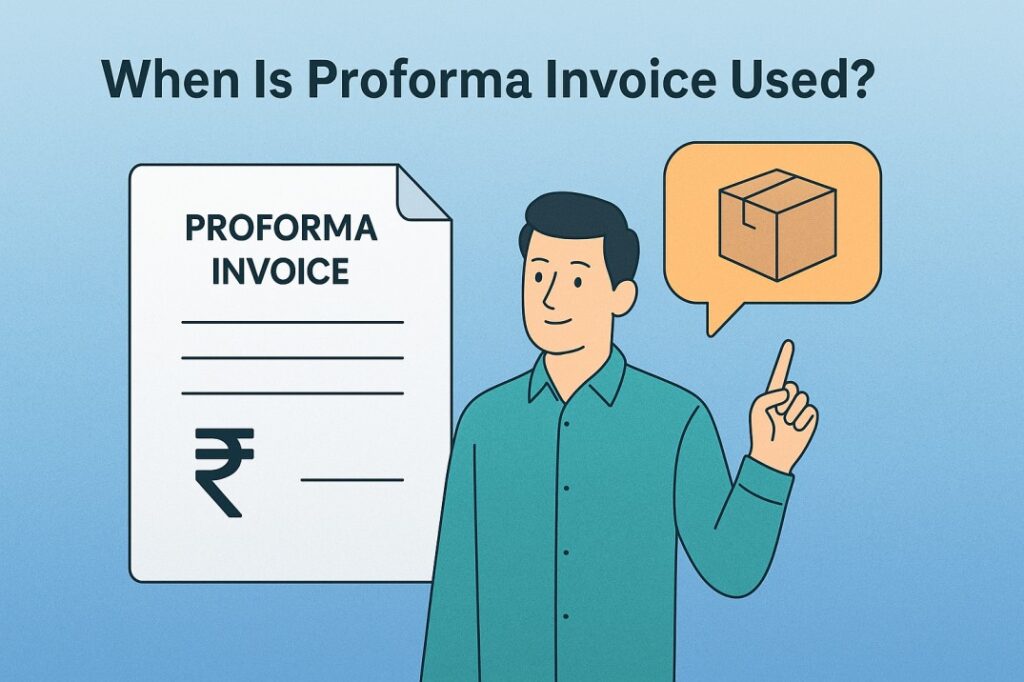
There are certain important cases where sending a proforma invoice becomes essential. These cases are as follows:
- Evaluation of the Pre-payment Agreements: It helps customers in evaluating different businesses as it is more detailed than a quote. Moreover, as it is not legally binding, it can be used easily in evaluation.
- Use in International Trade: Proforma invoices are a significant part of international trade and they are an essential document required for clearing goods. This is because it has clear statements regarding cost estimations.
- Use in Budgeting: As proforma invoices have expected goods/services cost, it helps the buyers in determining their budget before committing to buying.
Details in Proforma Invoice
- Unique invoice number
- Date of issue/preparation
- Supplier address
- Prospective buyer address
- Seller and buyer details
- Description of services or goods (including line-item totals and unit costs)
- Invoice validity
- Proposed terms of sale
- Cost of shipping (optional)
- Proposed terms of payment (optional)
- Certifications required by ‘Customs Authorities’ (optional)
- Authorised person's signature from the supplier’s company
💡For your invoice generation needs, use the PICE App.
Important Changes in the Proforma Invoice Under GST
Below are the 3 important changes that GST brought in proforma invoices in comparison to past tax regimes:
- GST proforma invoice has more information regarding SAC codes of services and HSN codes of goods.
- A pro forma invoice contains the GST registration number, as compared to the old CST/Sales Tax/VAT registration number.
- The classification of these invoices (into IGST, SGST, and CGST) is also done on the basis of interstate or intrastate supply.
What Is a Sales Order?
A sales order is an essential requirement for all sales transactions that happen. This document has legal recognition and contains specific details relating to the sales of services or goods.
Details in Sales Order
- Sales order number and date
- Details of the customer and seller (including name, address, and contact information)
- Billing and shipping address
- Goods or services details
- Sale value
- Taxes, delivery, packaging, and shipping charges
- Delivery date and payment terms
- Products’ value after tax
- Related terms and conditions (T&C) of the sale
Steps for Issuing Sales Orders
When a sales order is issued, these steps are followed:
- The customer initiates the process by sending a Request for Quote (RFQ) to the vendor. RFQ outlines the products or services required, along with quantity and specifications.
- After receiving the RFQ, the vendor reviews the requirements and responds with a detailed quote. This quote includes pricing, delivery timelines, items and other relevant conditions.
- The customer evaluates the quote to ensure it meets their expectations in terms of cost and conditions. If the quote seems reasonable, the customer proceeds by issuing a purchase order (PO) to the vendor.
- Upon receiving the purchase order, the vendor uses the information provided to create a sales order. This step ensures clarity on items, prices, delivery dates and agreed terms.
- The vendor then sends the sales order to the customer for confirmation. This allows both parties to align on the final terms before moving ahead with delivery.
- Upon confirmation of the terms, the vendor prepares the ordered goods for delivery. The vendor also ensures that items are packed and ready as per the customer’s request.
- Using the sales order as a reference, the vendor generates the invoice for the sale. The invoice includes itemised pricing, taxes and total payable amount.
- Upon receiving the invoice, the customer makes the payment using an agreed mode of payment. This completes the transaction and sets the stage for delivery fulfilment.
Conclusion
Knowing the key differences between proforma invoice and sales order is useful for both a vendor and a buyer. One of the most important differences between the two is that a proforma invoice is just a tentative document containing order details, whereas a sales order is a final document. Familiarising oneself with the difference can greatly help the buyers as well as the vendors to save time and cost.
 By
By 





